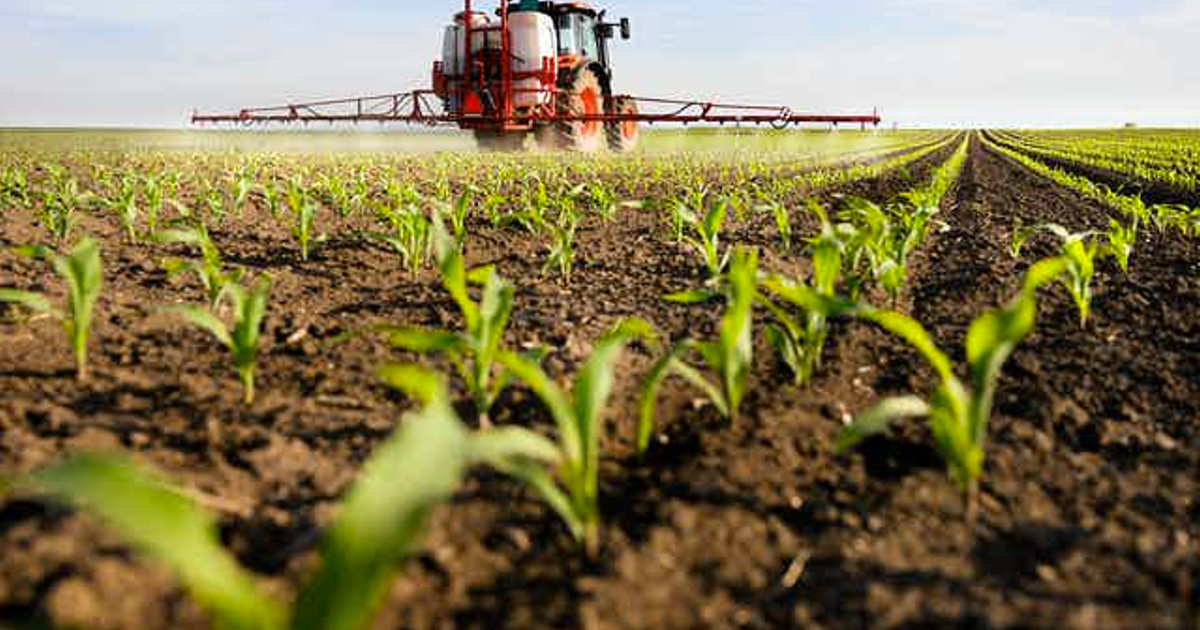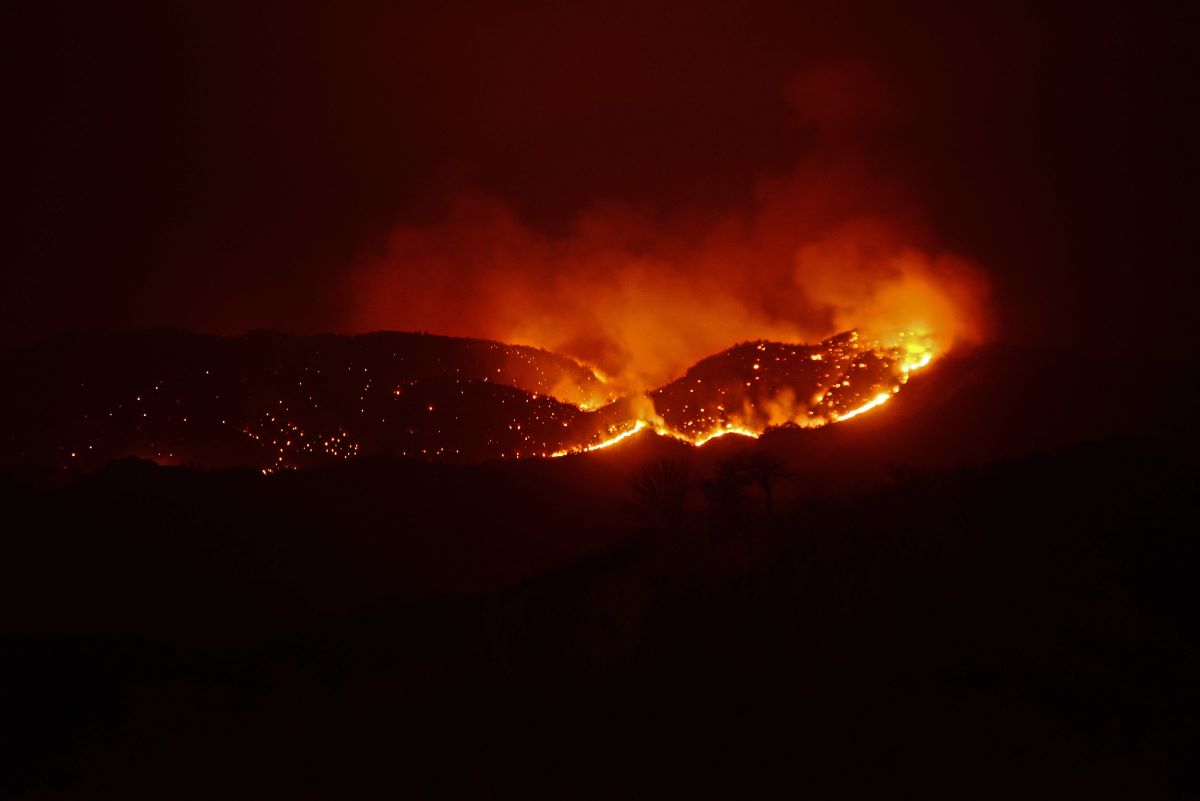With a constantly growing world population, we have had to make the most of the available land to meet the high demand for food. The use of chemical pesticides to control crop diseases together with the mechanization of agricultural tasks have been key to improving production. In fact, this practice has become so common that agriculture using these substances is called conventional.
Despite their benefits to agriculture, many of these pesticides have been shown to be harmful to the environment and health. Furthermore, even when they are no longer used, some of them can remain in crop soils for decades.
From contaminated soil, pesticides can end up on fruit and vegetables, seep into groundwater, or evaporate into the surrounding air, leaving an invisible footprint.
The threat of pesticides
Synthetic pesticides came into use during World War II when ways were being investigated to protect soldiers from the mosquito that transmits typhus and malaria. Thus appeared the DDT, a compound with chlorine in its molecule that is very effective against insects. For this reason, after the war, it began to be used in agriculture together with other compounds with similar properties.
>
These pesticides had a high resistance to degradation, something that was considered a virtue because their properties remained active for a long time. However, its excessive and inappropriate use, added to its persistence, can cause damage to other species.
These chemicals have an affinity for fats, which is why they accumulate in living beings, concentrating through the food chain. In addition, they are capable of traveling long distances by evaporating in hot climates and condensing in colder areas, reaching remote areas such as the poles.
Environmental concern about pesticides began in the 1960s after the publication of the book The Silent Springby Rachel Carson. The writer wanted to draw attention to the effects of pesticides on flora and fauna by imagining a world without the song of birds in spring. But until almost 40 years later, the countries did not agree to regulate, reduce or ban the use of these compounds with the Stockholm Convention.
Despite this, the pesticide industry has continued to develop to the present day, with more than 800 types traded worldwide.
The fate of pesticides in the soil
Pesticides can contaminate the soils of the crops where they are used. This can happen directly, when applied to the ground, or indirectly, from the plant by the action of rain and irrigation. But pesticides can also reach the soil through other indirect routes, such as atmospheric deposition or irrigation with contaminated reclaimed water.
Since many pesticides have a high affinity for lipids, they tend to accumulate in soil organic matter. A part will be transformed by soil microorganisms or the action of UV radiation. But another part, either in its initial or metabolized form, can remain for years in the soil, trapped by some of its components or mobile through it.
Thus, the soil has a double behavior: as stock pollutants and as a secondary source of emission to groundwater, air or living organisms. In addition, it has been observed that some types of plants, as is the case of cucurbits (pumpkin, cucumber or watermelon), tend to absorb these pesticides from the soil, resulting in contamination.
Thus, the soil represents a not insignificant source of exposure to these compounds for human beings. Exposure can be direct, through the consumption of fruits and vegetables in these crops or products from animals that graze on contaminated soil. But it can also be indirect, through the consumption of poorly washed fruits and vegetables, by putting dirty hands in their mouths, especially in the case of children, or by inhaling airborne dust.
This exposure is worrying. Many of the pesticides are considered endocrine disruptors, carcinogens, neurotoxic or teratogenic. These substances are often found in the same place, forming a cocktail of contaminants with unknown effects on soils, ecosystems and health.
The consequences: the case of the Canary Islands
In Spain, agriculture has an important economic and traditional role. Within the autonomous communities, the Canary Islands is the one with the highest consumption of phytosanitary products per cultivated hectare.
In this archipelago, abuse of organochlorine pesticides became clear when they were authorized during the golden age of the tomato. We have been able to verify analyze your soils and find that there are still high levels of DDT and dieldrin trapped in them.
Ricardo Diaz Diaz, Author provided
The soils of the Canary Islands are the ones with the greatest contamination in The Macaronesian, an oceanic region formed by Madeira, Azores, Canary Islands and Cape Verde. It is noteworthy that the characteristics of this archipelago have led to the coexistence of many types of crops on the same piece of land, each one with its own particular pesticide uses that are added throughout the year.
Particularly noteworthy are the enormous differences between the Canary Islands and Cape Verde, the latter with very clean soils due to very traditional agriculture with hardly any use of pesticides. Thus, it could be deduced that the solution lies in reducing the use of chemical pesticides and moving towards ecological agriculture.
However, stopping the abuse of pesticides is only the first step. You also have to clean the already contaminated soils. The high persistence of many of the pesticides means that they can remain retained for a long time. This is a problem when farmers want to make the transition to organic farming, as the soil must be free of pesticides to ensure that the product can be considered as such.
A) Yes, It has been seen that there are cases of soils dedicated to organic farming that still bear the memory of the abuse of these compounds.
There are techniques to reduce or eliminate these contaminants from the soil, such as soil bioremediation with fungi, bacteria or algae or composting with worms, vermicompost. Promoting these solutions could accelerate the transition to organic farming and towards a cleaner and healthier environment.
Andrea Carolina Acosta DacalPostdoctoral researcher in the Toxicology Area, University of Las Palmas de Gran Canaria
This article was originally published on The Conversation. read the original.








